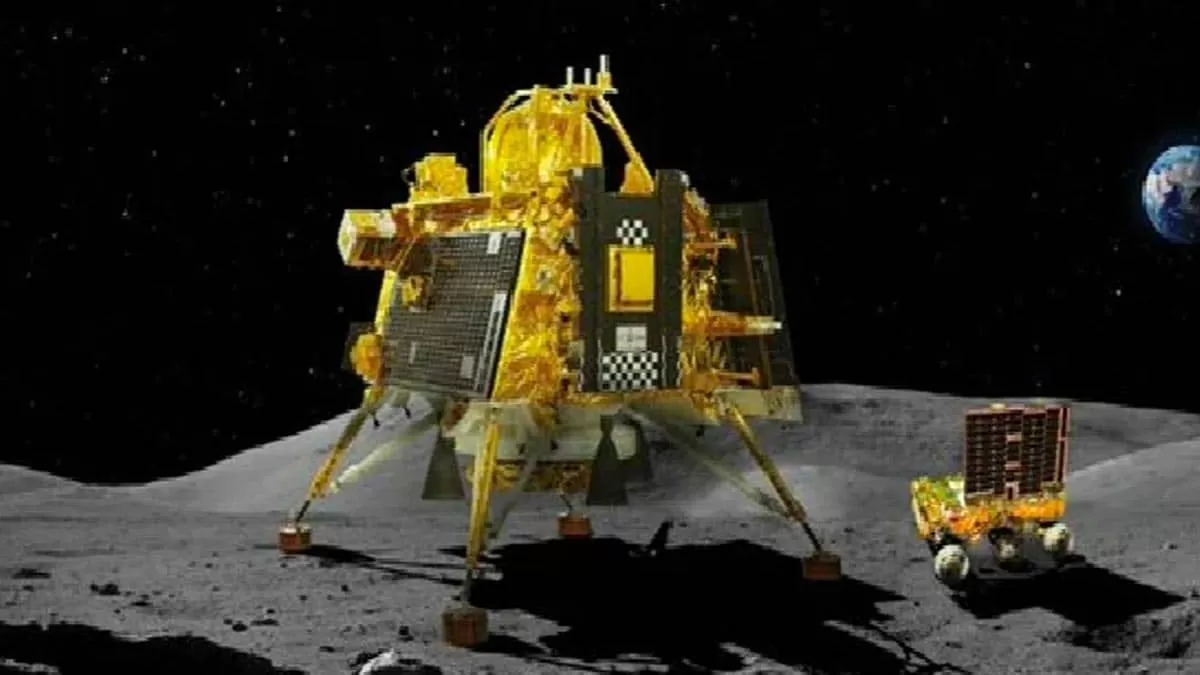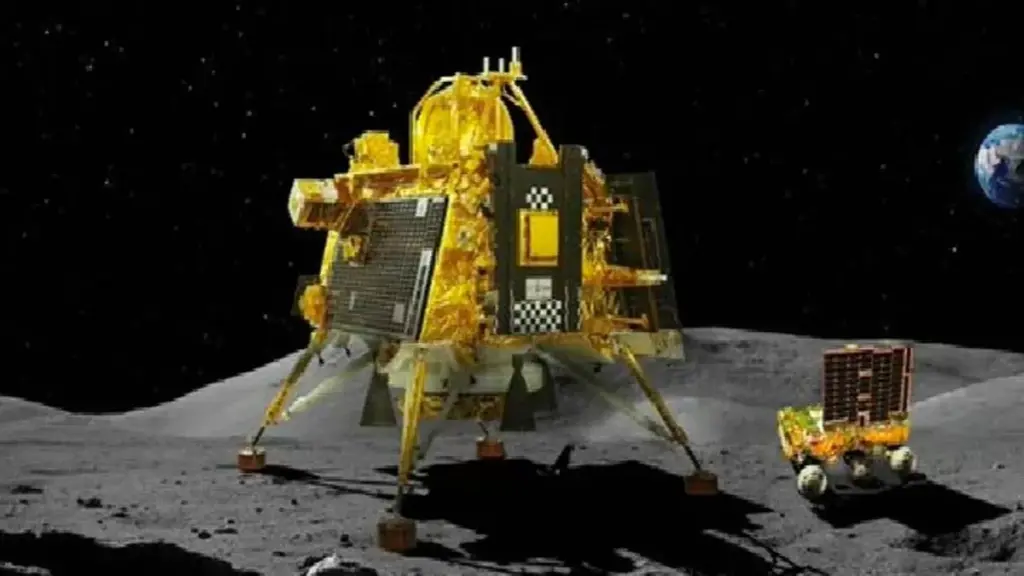India’s Next Big Leap Towards the Moon: Chandrayaan-4

India is once again preparing to make history—this time with an even more ambitious goal. The Indian Space Research Organisation (ISRO) has officially begun working on Chandrayaan-4, the country’s first sample-return lunar mission. While Chandrayaan-3 put India on the map as the first country to land near the Moon’s south pole, Chandrayaan-4 could take India to the next level in global space exploration.
Let’s take a closer examination at what this mission stands for, what is so unique about it, and why the world is watching.

From Success to Significance: Why Chandrayaan-4 Matters?
The world watched in wonder in August 2023 as Chandrayaan-3’s Vikram lander landed softly on the south pole of the Moon. It was a moment of pride—not only for India but for all nations cheering for peaceful scientific advancement.
Now, ISRO is shooting for the stars. With Chandrayaan-4, India won’t merely land on the Moon once more—it intends to return soil and rock samples from the surface of the Moon. In the event of success, it will be the fourth nation globally—following the USA, Russia, and China—to achieve this milestone.
For India, this is not merely a scientific quest. It’s technological independence, leadership in space science for the world, and an inspiration to the next generation of scientists.
What Makes Chandrayaan-4 So Different?
Unlike all the Chandrayaan missions before it, which involved orbiting or landing, Chandrayaan-4 is a sample return mission. That’s considerably more complex than landing and measuring.
Here’s what’s planned:
- A lander module will softly land on the Moon’s surface.
- A robotic arm or rover will obtain rock and soil samples.
- A small ascent module will transport the samples to lunar orbit.
- A return module, in orbital wait, will retrieve the ascent module and return to Earth with the samples.
This type of multi-stage operation requires not just exact engineering but also impeccable timing and coordination. It’s like running a relay race in space—with no margin for error.
Inspiration for a Generation
One of the strongest impacts of Chandrayaan-3 was that it could spark the imagination of young minds. Schools, colleges, and even small towns in India had live broadcasts of the landing. Children held up the tricolour, and young girls sketched rocket rangolis. It wasn’t so much a space mission—more of a national event.
Chandrayaan-4 carries that fire even higher. By shooting for the stars, ISRO is conveying a message to young people in every corner of the nation: “Dream big. Science can take you there.”
Actually, post-Chandrayaan-3, ISRO witnessed an increase in requests for internships and student schemes. With Chandrayaan-4, the agency wants to encourage even more students to get into robotics, AI, astrophysics, and engineering.
Global Significance and India’s Position in Space Exploration
ISRO is not working in isolation. The global scientific community is closely watching Chandrayaan-4 because lunar soil samples are extremely valuable. They can help scientists:
- Study the Moon’s geological history.
- Understand how the solar system evolved.
- Search for signs of water or useful minerals for future moon bases.
By adding to this knowledge capital, India reinforces itself as a reliable and responsible space power. In contrast to most countries where space budgets are decreasing, India is demonstrating that cost-effective innovation can still make phenomenal achievements.
And while India has long believed in peaceful uses of outer space, Chandrayaan-4 demonstrates that it can also lead in scientific innovation.
Chandrayaan-4 is not just a mission—it’s a tale of ambition, accuracy, and national pride. It tells us that grand dreams don’t have to begin in superpowers with bottomless budgets. They can emerge in humble labs, driven by purpose, collaboration, and a vision of the future.
As India gets ready to extend a reach and touch base with a bit of the Moon, one thing is certain: the sky is no longer the limit.


